[Used in various fields] Points to note when purchasing liquid nitrogen
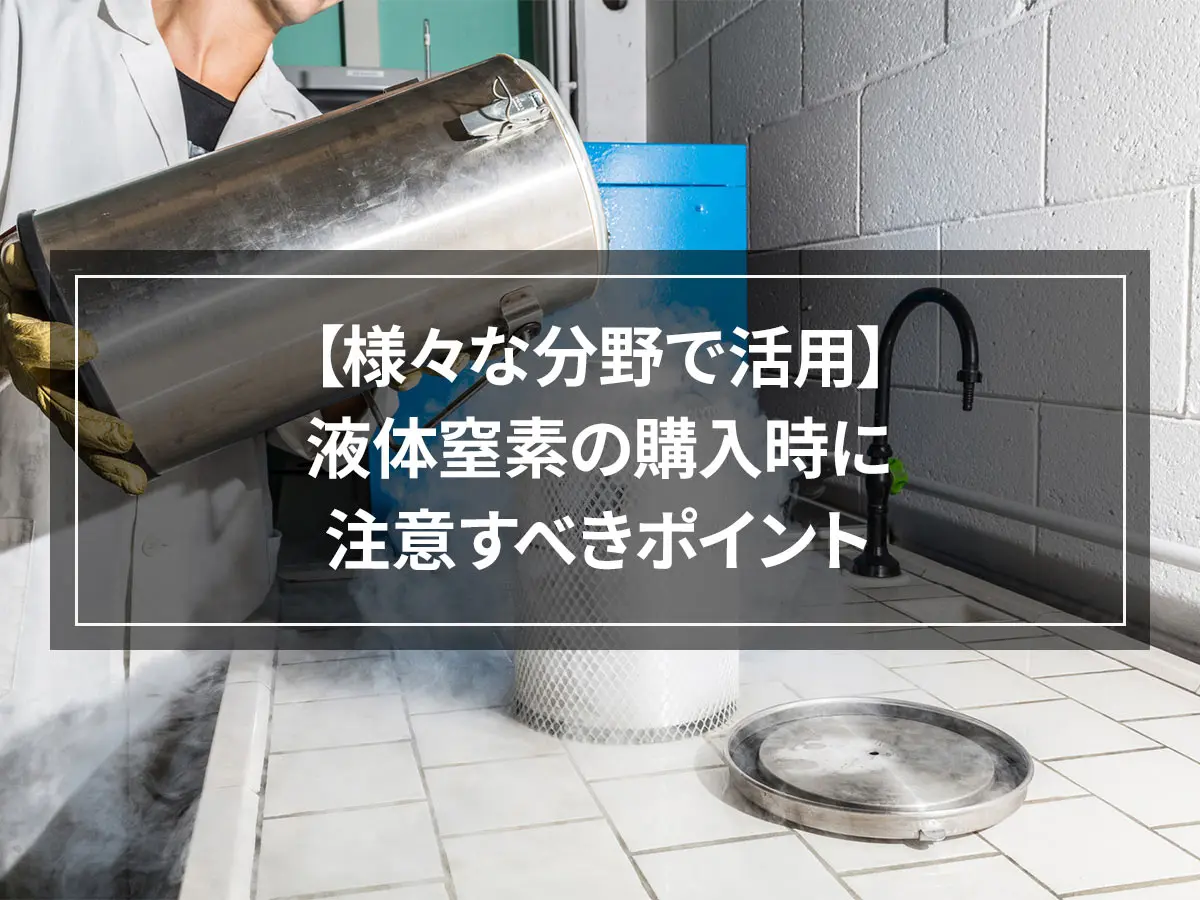
If you are thinking of purchasing liquefied nitrogen, please be careful.
Liquefied nitrogen is difficult to handle, and there is a risk of frostbite if it comes into contact with skin or mucous membranes, and there is a risk of oxygen deficiency or explosion.
Additionally, although liquefied nitrogen itself is inexpensive, the special containers are expensive, making it difficult to purchase for the general public.
However, liquefied nitrogen has a strong cooling effect and is highly useful in industry, and is used in various fields such as food freezing.
目次
Seller and how to buy
What kind of substance is liquefied nitrogen?
Liquefied nitrogen is nitrogen that has been cooled to an extremely low temperature and liquefied. It is also called liquid nitrogen, and both refer to the same substance.
Liquefied nitrogen can be produced by removing other components from the air by using the difference in temperature at which gas turns into liquid. Air is made up of 80% nitrogen, with the rest being oxygen and carbon dioxide. Oxygen and carbon dioxide turn into liquids at a higher temperature than nitrogen, so they can be separated in the process of cooling the air.
Liquefied nitrogen has a low temperature of -196℃, so it is mainly used for cooling purposes. Because it is cheaper than other liquid gases, it is used in the heat treatment of metals, cryopreservation and cryotherapy of food and cells.
There are a limited number of companies that sell liquefied nitrogen, and it can be purchased from gas companies that handle high-pressure gas, specialized gas trading companies that supply gas, and manufacturers that manufacture and sell gas. can. Universities and other research institutions also manufacture and supply liquefied nitrogen for experiments.
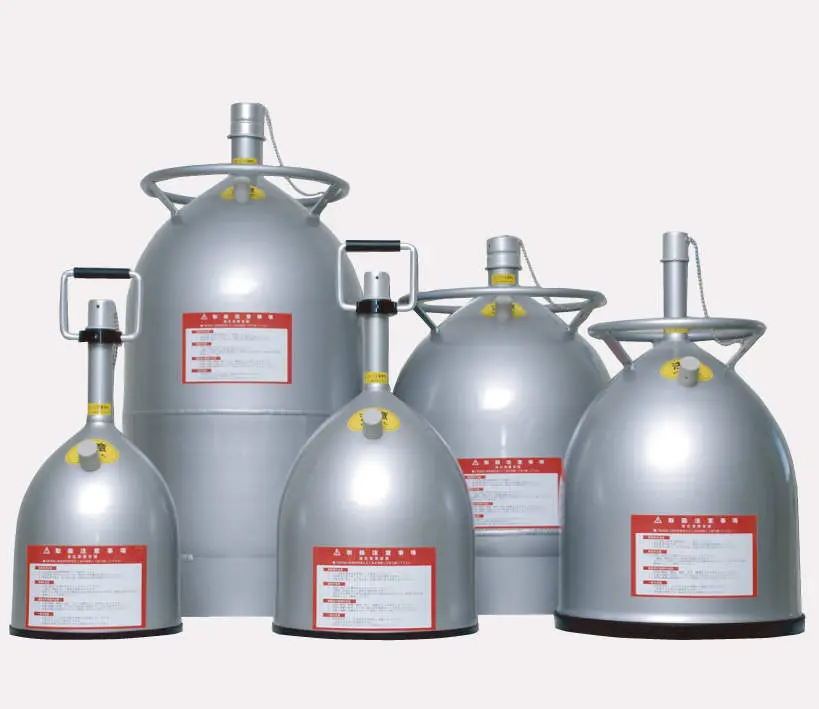
Since liquefied nitrogen is a special gas, it is supplied in containers specifically designed for ultra-low temperature liquefied gas, and can be purchased for around 300 to 500 yen per liter. Although liquefied nitrogen itself is inexpensive, the liquefied nitrogen storage container that contains it is expensive. Even a 5-liter container costs nearly 100,000 yen, and a 30-liter container costs more than 200,000 yen.
It is dangerous to use a special container, so you will need to purchase a liquid nitrogen storage container. Even if you would like to purchase liquefied nitrogen for experimental purposes, it is difficult to purchase it for the general public due to the high cost.
Danger of handling
Nitrogen itself is a gas that occupies most of the air and is not harmful to the human body. However, if liquefied nitrogen is handled incorrectly, there is a risk of injury or accidents.
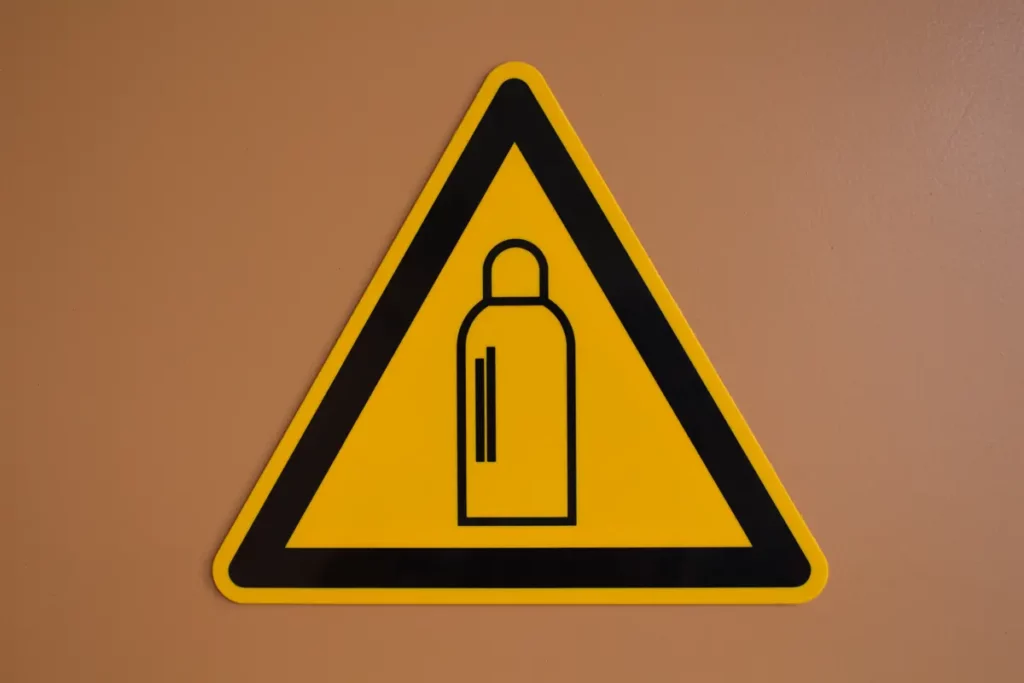
frostbite risk
Liquefied nitrogen has a low temperature of -196°C, so direct contact will cause frostbite. When handling or pumping, use safety glasses and leather gloves to prevent liquid nitrogen from coming into contact with skin or mucous membranes.
Splashing can be dangerous, so you need to work slowly. When transporting, use a trolley to securely secure the container so that it does not fall over, and be careful to avoid vibration as much as possible, otherwise it may be dangerous.
choking hazard
When nitrogen gas evaporates, the oxygen concentration decreases, leading to a risk of oxygen deficiency. In fact, a fatal accident due to lack of oxygen has occurred during an experiment using liquefied nitrogen.
Air is mostly made up of nitrogen, so when liquefied nitrogen vaporizes and generates a large amount of nitrogen gas, the air that contained oxygen is replaced by nitrogen.
As a result, working in a closed room can lead to a lack of oxygen. When handling liquefied nitrogen, use a ventilation fan and open doors and windows to ensure adequate ventilation.
Risk of fire or explosion
If you leave a liquefied nitrogen container open for a long time when handling it, oxygen in the air may condense and cause a fire.
Additionally, when liquefied nitrogen vaporizes, its volume increases several hundred times, so there is a risk of explosion if it is placed in a closed container.
Even when storing in a dedicated liquefied nitrogen storage container, it is dangerous to close the main safety valve of the container, so it must be kept open at all times.
For various industries! Application fields of liquefied nitrogen
Although liquefied nitrogen can be dangerous if handled incorrectly, it is used in a variety of fields.
Liquefied nitrogen is the most commonly used industrial gas, and is used in civil engineering and construction fields, metal processing fields, electronic equipment fields, biological and medical fields, and food processing fields.
Civil engineering and construction field
It is used to freeze the soil and temporarily strengthen the ground so that construction work can be carried out safely. Additionally, during water pipe construction, we freeze the inside of the pipes to stop the water and prevent water from entering the work area.
Metal processing field
Used for heat treatment of metal compounds. Metals such as copper will deform if left unattended after being heat-processed. Rapid cooling increases strength and stabilizes the metal structure.
Electronic equipment field
Used in semiconductor manufacturing. It is used to prevent current leakage and to cool semiconductor equipment that requires operation at extremely low temperatures.
Biology/medical field
It is used for cryopreservation of reproductive cells and blood, and cryotherapy. Cryotherapy is a treatment that uses liquefied nitrogen to remove pathogenic bacteria in skin treatment such as warts.
The treatment involves rapidly cooling the affected area affected by pathogenic bacteria, causing necrosis of the skin tissue. New skin tissue forms beneath the dead skin tissue.
By repeatedly freezing the skin, it is possible to push the bacteria in the deepest tissues of the epidermis to the surface and eradicate them.
Food field
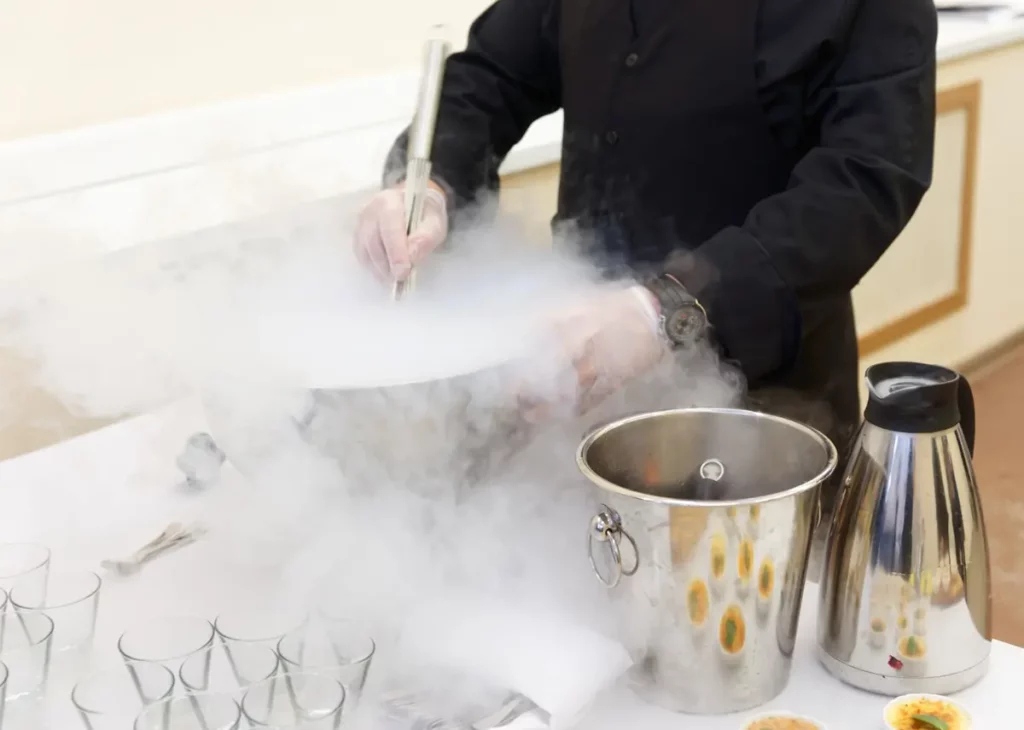
Used for freezing food. By using liquefied nitrogen, the temperature can be lowered rapidly, which prevents food cell destruction and quality deterioration before freezing.
Freezing machines using liquefied nitrogen attracting attention in the food field
Liquefied nitrogen is used in a variety of fields, but one that deserves particular attention is the rapid freezing machine that uses liquid nitrogen in the food field.
Food can be frozen instantly by spraying liquefied nitrogen gas at -196°C directly onto the food.
Rapid freezing is a freezing method that reduces damage caused by freezing by freezing food rapidly. With normal freezing, the cells of the food are destroyed during freezing, and the drips flow out along with the flavor components.
Rapid freezing prevents drips and protects food quality without destroying cells.
A wide range of foods can be frozen, including starchy foods such as bread and noodles, sweets, cooked foods such as hamburgers and croquettes, and fresh foods such as crabs and seafood.
Freezers that use liquefied nitrogen do not require the refrigerator and heat exchange equipment required for regular freezers, so they are less likely to break down and are easy to maintain. Since the freezing speed is fast, it is effective in processing plants that produce large quantities of food.
However, liquefied nitrogen is difficult to handle and requires appropriate equipment, making it difficult to introduce it to private restaurants, food manufacturers, and small-scale food processing plants.
Freezers that do not use liquefied nitrogen and are easy to install in any business have also been developed. There are various types of quick freezing machines, so I would like to introduce the types of freezing machines and recommended machines.
air blast freezing machine
This is a freezing machine that uses cold air, just like a regular freezer. It blows strong cold air of around -30℃ to freeze it all at once.
The recommended Artlock freezer is equipped with a micro-wind system, which minimizes food deterioration (drying, cracking, etc.).
In addition, it is compatible with both cooling and freezing, so even hot foods can be cooled without pre-cooling.
liquid freezing machine
This is a freezing machine that uses liquid. Liquids have 20 times higher thermal conductivity than gases, so they can freeze surprisingly quickly.
The recommended Re-Joice Freezer freezes vacuum-packed foods by immersing them in an alcohol solution chilled to -35°C.
The liquid is constantly stirred to prevent uneven freezing, and the fast freezing speed makes it suitable for freezing thick foods or foods that spoil easily.
Conclusion
Liquefied nitrogen is difficult to handle and poses a risk of injury or accidents, so it is difficult to purchase or use it for the general public.
For this reason, the food industry often uses quick freezing machines that do not use liquefied nitrogen, and we recommend that you consider such machines.
⇒⇒Download quick freezing machine materials








![[Storage period increased by 30 times! ] Achieving a stable supply of raw whitebait!](https://shunkashutou.com/wp-content/uploads/2016/11/579c55e6d32e1385c250e8e7c3ed59a71.jpg)
![[Sales increased 100 times! ] rapid freezing the signature menu “Ni-katsu sandwich”!](https://shunkashutou.com/wp-content/uploads/2016/11/IMG_02391.jpg)
![[Horse sashimi] We have significantly reduced waste loss with rapid freezer!](https://shunkashutou.com/wp-content/uploads/2016/11/5fda59d0cbcdabde18e58c3c58c09ed0.jpg)




![[Storage period increased from 3 days to half a year! ] Restaurants are expanding their business using wholesale and mail order!](https://shunkashutou.com/wp-content/uploads/2018/04/66c19942ab4ba346fdb64ccc04cde373.png)
![[Reduce loss from 200 kg of oysters to zero] Improve loss and expand business with rapid freezer](https://shunkashutou.com/wp-content/uploads/2018/06/19785ca583a8d3c4041c7c192d041b0d.jpg)














![[Distribute high quality mangoes! ] New frozen processing of mangoes using rapid freezing!](https://shunkashutou.com/wp-content/uploads/2024/08/4e9ff0df5721aa6f8fbdfae6d56ad787.webp)

![[Which products are popular? ! ] Recommended frozen food ranking](https://shunkashutou.com/wp-content/uploads/2023/08/frozen-food-ranking-1024x682-1.jpg)
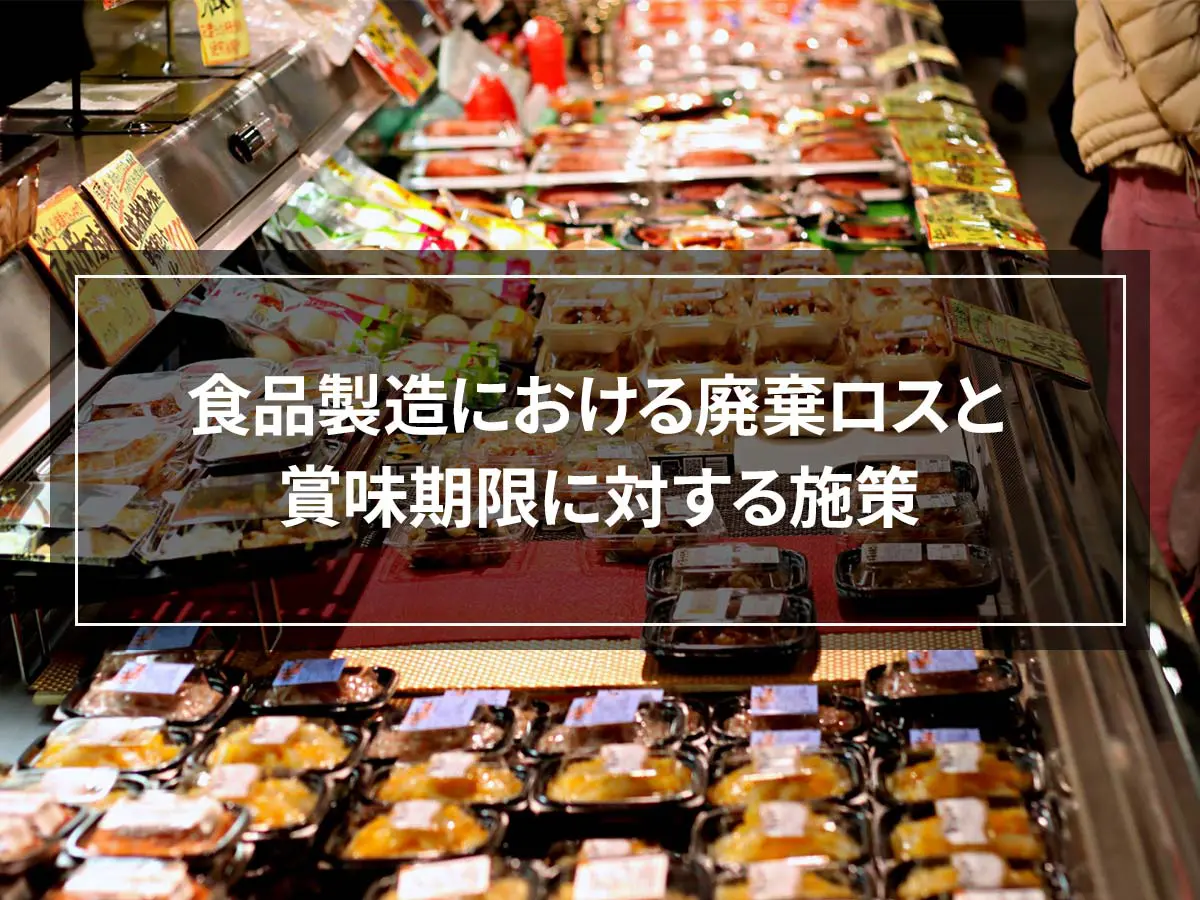

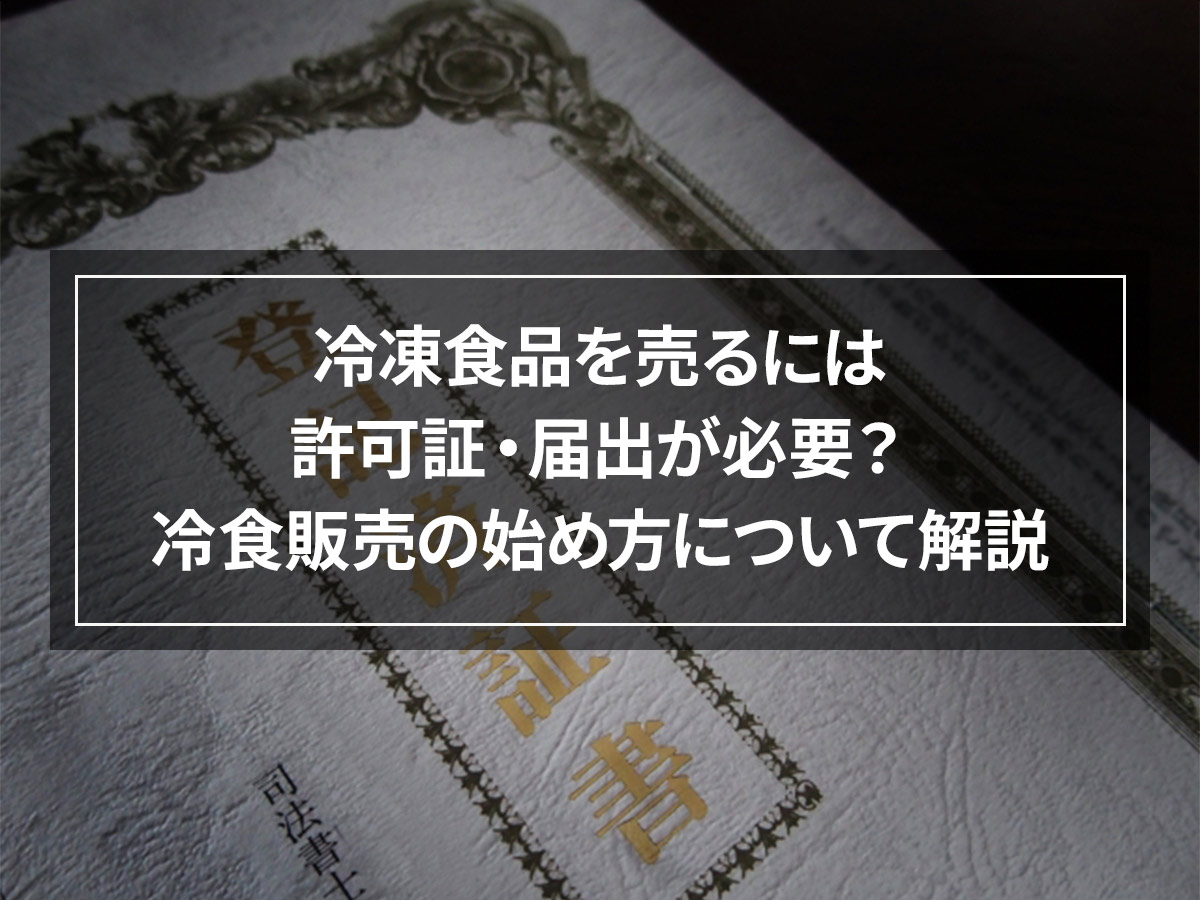
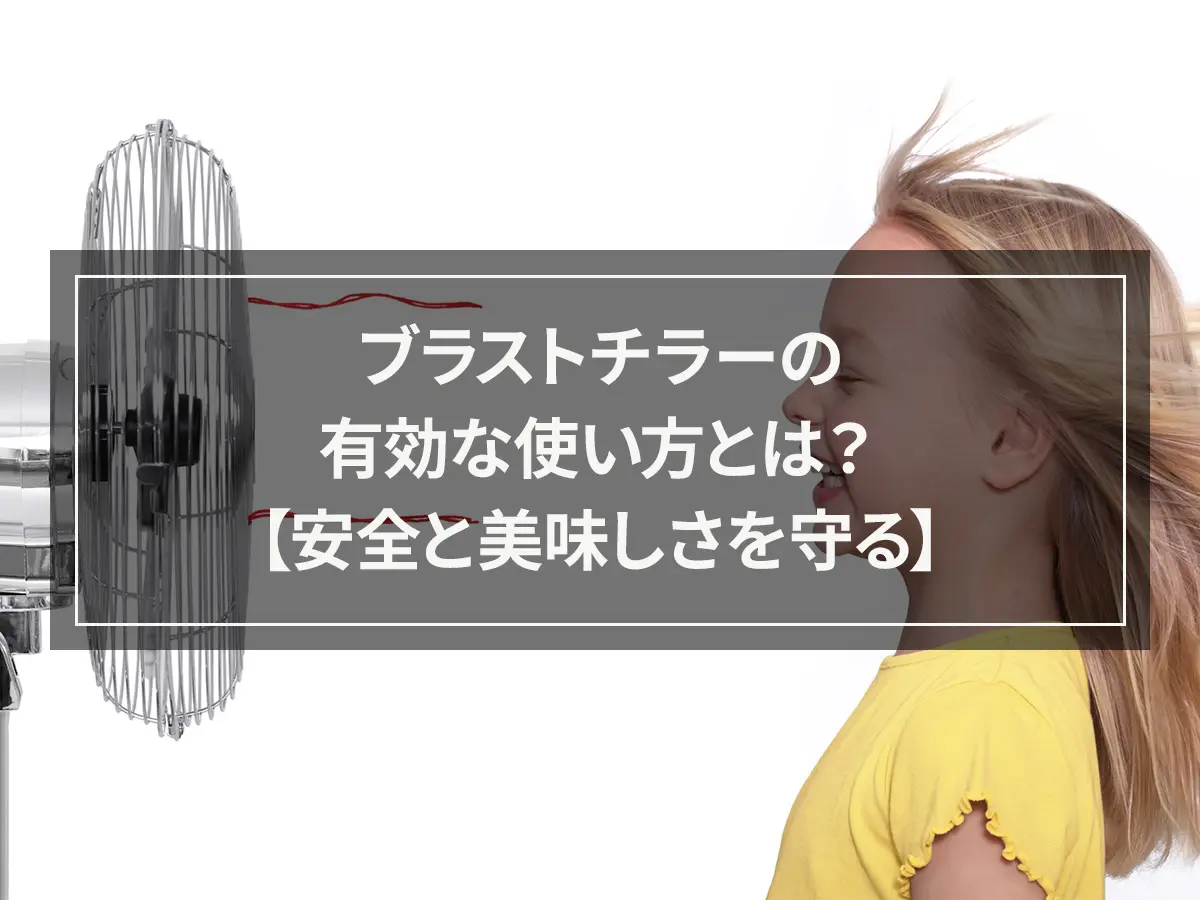

![[Introduced one after another in restaurants] Advantages of commercial rapid freezing! What about second hand ones?](https://shunkashutou.com/wp-content/uploads/2015/05/16920085ea8194572cc7c5babebedbe5_s.jpg)
![[Eliminating the labor shortage! ] Introducing the benefits of the cook-freeze system!](https://shunkashutou.com/wp-content/uploads/2018/12/72352e99f79e7f2bfa6e9eca24acceb0.webp)

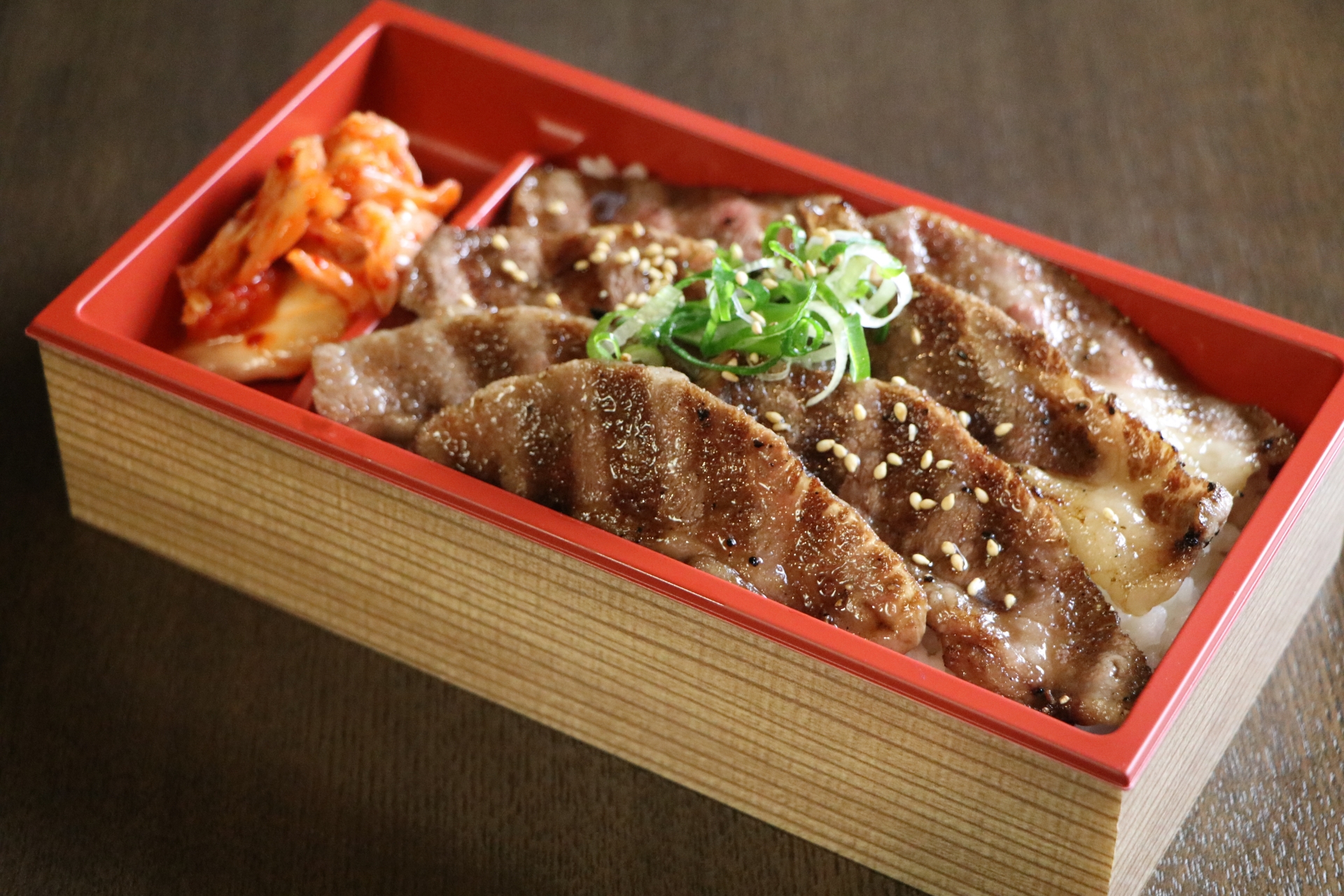
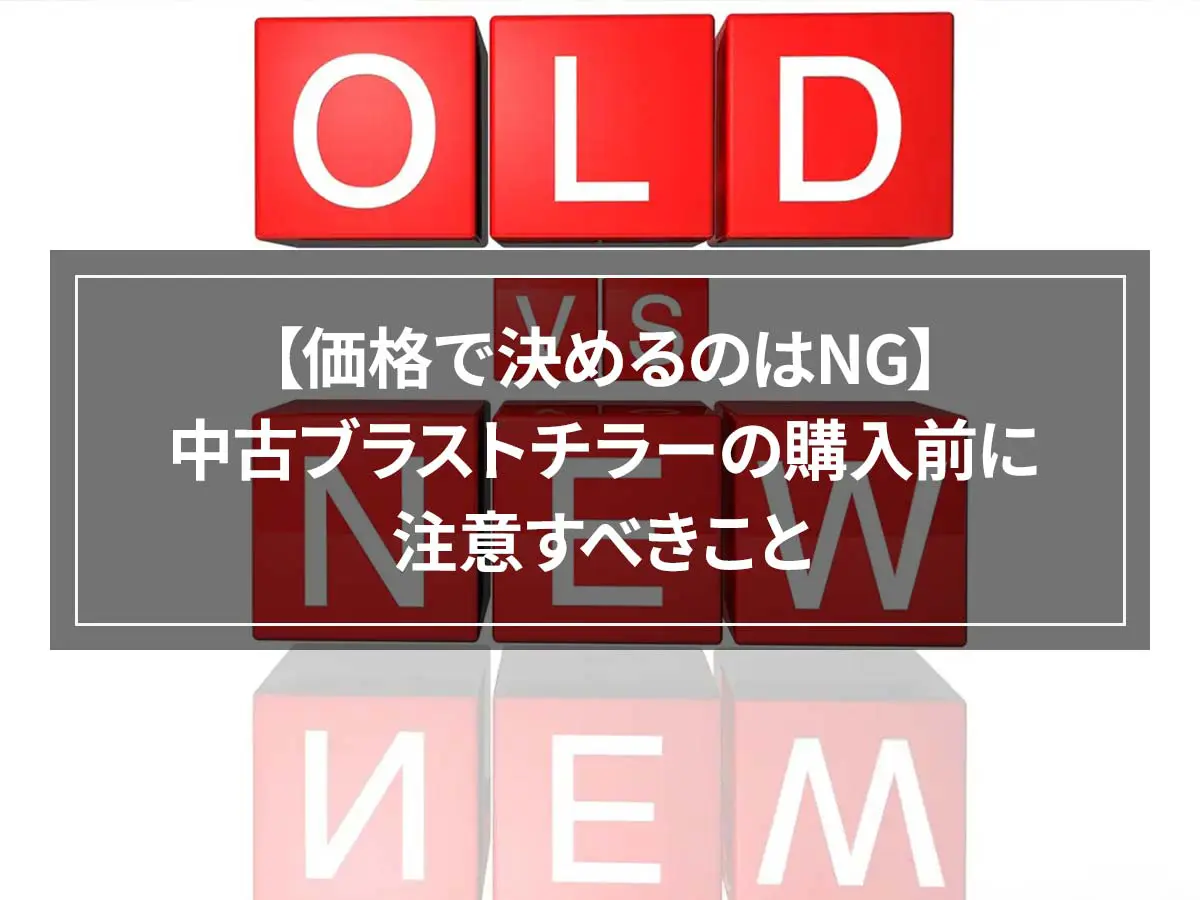
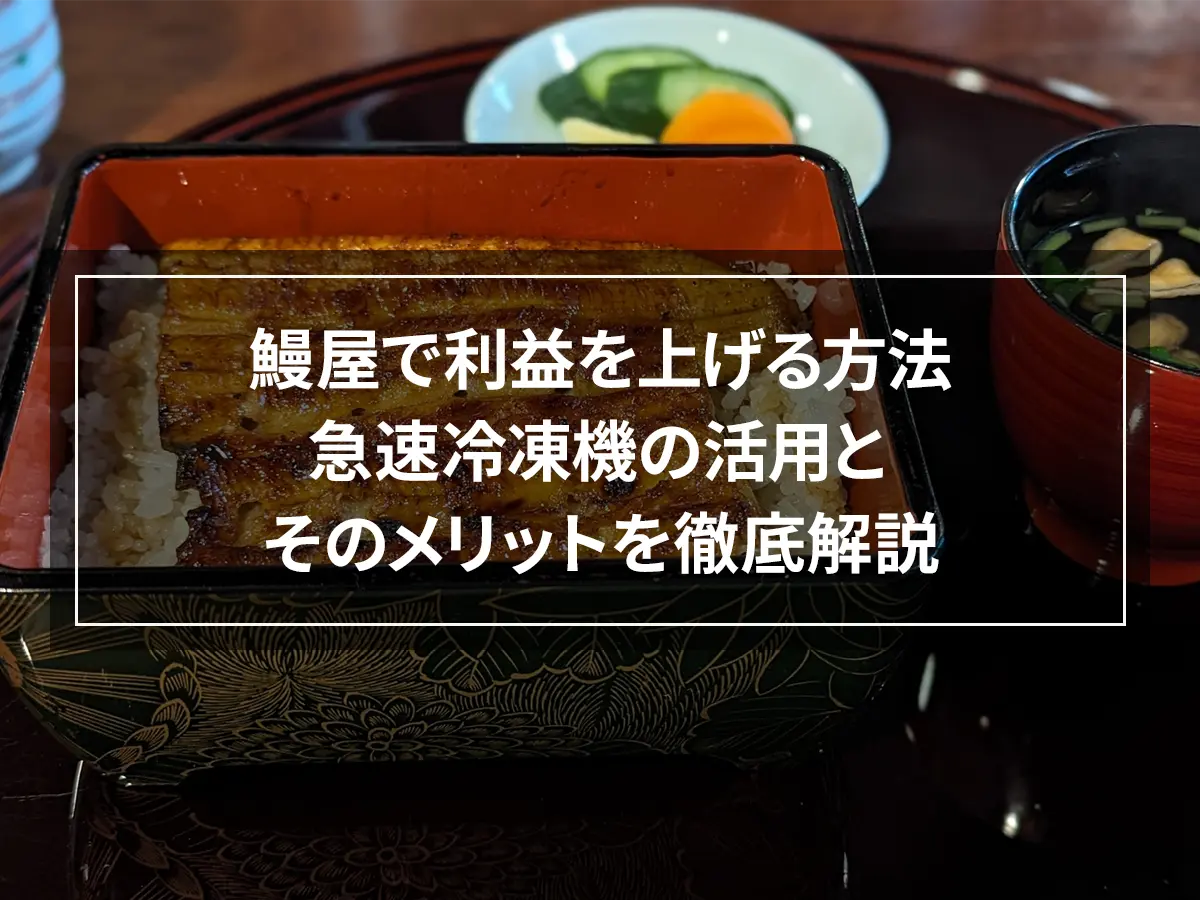

![[For the lunch box manufacturing industry] Business issues can be solved by using rapid freezing!](https://shunkashutou.com/wp-content/uploads/2024/04/f93f171f5d29bdb15c4b8d06e244b002.jpg)




